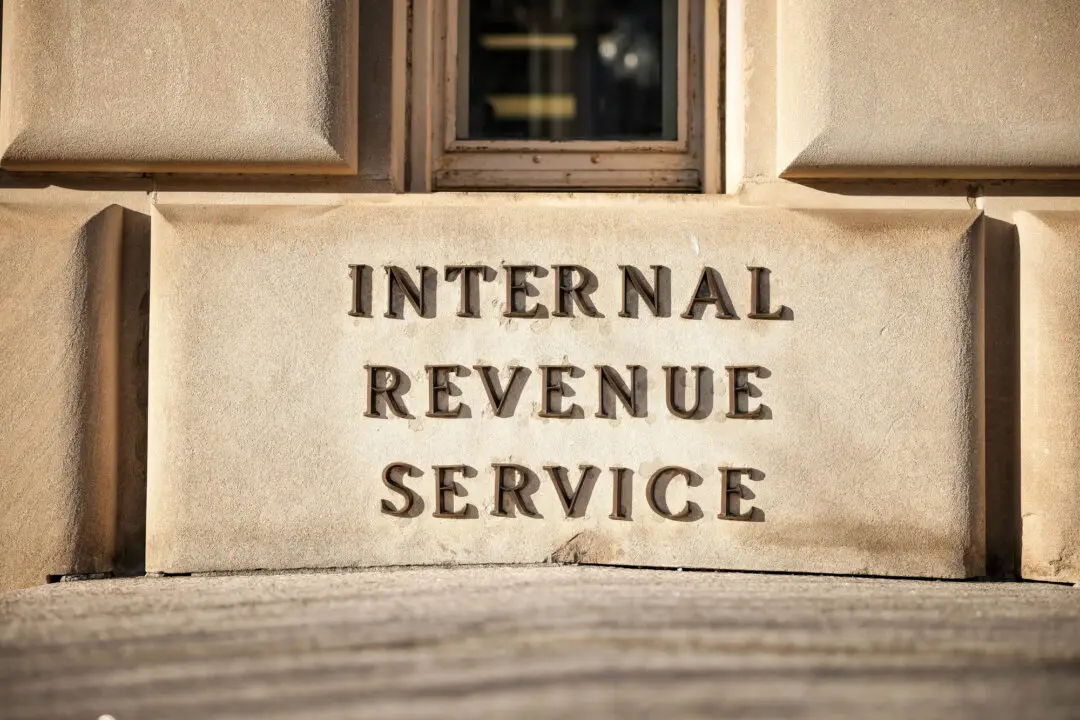More Americans hit unemployment lines last week than markets expected, with a government report showing first-time jobless claims filings rising to their highest level since August, which comes amid broader economic uncertainty.
First-time filings for unemployment insurance jumped to 240,000 for the week ended on Nov. 19, the Department of Labor said in a report (pdf).





